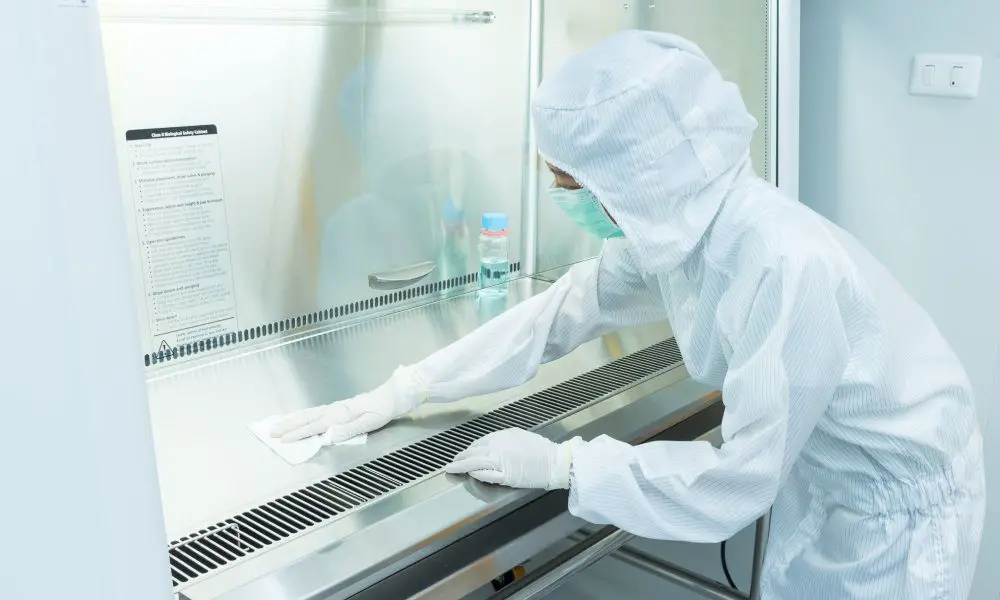

Maintaining high quality in a cleanroom is essential for preventing contamination and ensuring smooth operations in industries like pharmaceuticals, biotechnology, and electronics manufacturing. A properly managed cleanroom not only protects the products being handled but also safeguards the people working within these controlled environments. If you want to maintain high quality in your cleanroom, you’ll need a combination of proper procedures, the right equipment, and ongoing diligence.
Cleaning and disinfection practices should be mainstays in your cleanroom. High-touch surfaces, floors, and workstations accumulate contaminants fast and must be cleaned frequently. The products and tools used should be specifically designed for cleanroom environments, such as low-lint wipes and sterile cleaning agents. For example, pharmaceutical industries follow strict cleaning protocols laid out by the FDA, which focus on minimizing biological contaminants. Additionally, cleanrooms should practice disinfectant validation to ensure the products they use to disinfect areas are effective for the task at hand. Sticking to thorough routines while using the right materials keeps particulate and microbial contamination under control.
The way staff dress inside the cleanroom plays a significant role in maintaining cleanliness. Employees should follow gowning guidelines specific to the cleanroom classification, which often includes wearing hair nets, face masks, gloves, and full-body suits. Studies show that humans are the largest source of contamination in cleanrooms, which is why properly donned gowns play such a significant role in reducing risks. Before entering the cleanroom, every piece of protective clothing should be inspected for damage or imperfection to maintain proper hygiene.
Cleanrooms rely on advanced air filtration systems, such as HEPA or ULPA filters, to maintain air purity. These systems capture microscopic contaminants and continually circulate clean air. It’s vital that filters are regularly inspected and replaced according to the manufacturer’s recommendations. Ventilation systems should maintain positive air pressure to prevent outside particles from entering the cleanroom. Organizations like ISO and FDA provide air quality standards that should serve as an operational benchmark.
Limiting the number of people who enter the cleanroom reduces potential contaminants caused by human traffic. Implementing controlled access features like keycards or biometric systems keeps unauthorized personnel out. Furthermore, all cleanroom personnel need consistent training on behaviors like working deliberately and following proper procedures. Training sessions and refresher courses allow workers to grasp the importance of their roles in maintaining quality.
Finally, regular monitoring and testing are a must. Air quality, surface cleanliness, and particle counts should be measured frequently using specialized equipment. Independent or in-house audits help identify contamination risks before they become serious. Data collected from these tests keeps teams informed and helps fine-tune protocols when necessary. For example, using particle counters or environmental monitoring tools enables fast responses to issues, preventing extended operational downtime.
Learning how to maintain high quality in a cleanroom involves consistency and a proactive approach. Adopting meticulous cleaning protocols, committing to proper gowning, managing air filtration, regulating access, and performing regular tests are key actions. Take the next step in safeguarding your cleanroom—strengthen your procedures today.
Discover the pros and cons of various types of piping materials and learn how to…
Sometimes, in a world that is always changing, the smallest deeds of kindness have the…
It takes more than planting crops to have a successful farm. Put yourself on the…
Protect your farm with tailored insurance. From crop insurance to business interruption, ensure financial stability…
Discover whether DIY pest prevention or hiring professionals is the best choice for your home.…
Proper mini excavator maintenance ensures reliability, reduces downtime, and boosts productivity, helping your landscaping business…